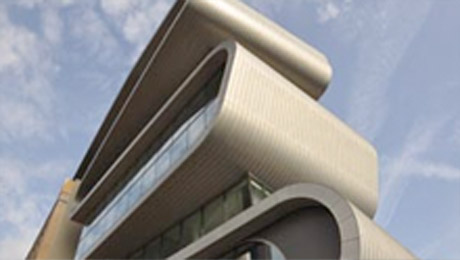• Metals provide society with a material that is 100% recyclable without loss of properties;
• Metals are widely applied in the building and construction sector;
• Metals are a first choice material for structures, reinforcements, cladding, roofing, window frames, plumbing, heating equipment and many other applications;
• Metals can be found in old, historic buildings as well as new, modern architecture;
• More than 95% of metal products used in buildings are collected and recycled at the end of life.
• Communicating the recyclability credentials of metals in buildings to European institutions;
• Promoting the high end of life recycling rates of metals in buildings;
• Ensuring that European regulations and legislation for buildings and building products recognises the unique recyclability credentials of metals in a fair and appropriate manner;
• Maximising the contribution of metals to the circular economy in the building sector
• Ensuring that the life cycle assessment methodologies and standards used in the building sector, especially for legislative purposes, fully integrates the environmental benefits related to the end of life recycling rates of metal building products.
• The lightness, strength, durability, flexibility and recyclability of metals makes them important sustainable materials for the building and construction sector;
• The high recycling rates of metal products is of major benefit to the environment and the economy;
• Recyclability is a key aspect in any environmental assessment of construction products, therefore the end of life recycling benefits of metal products should be appropriately considered in Environmental Product Declarations (EPD) or any Life Cycle Assessment (LCA) of metal building products;
• Metal building products are key contributors to the circular economy thanks to their high end of life recycling rate and the associated environmental benefits
• Harmonisation of data, methods and indicators in building sustainability assessment schemes and EPD programs is of fundamental importance to achieve a sustainable construction sector;
• Demolition and renovation practices should be further optimized to foster the use of all types of Construction and Demolition Waste (CDW) as ‘secondary resources’, i.e. not only metals, and stimulating the renovation market of existing buildings to develop better energy performing building stock in Europe.





